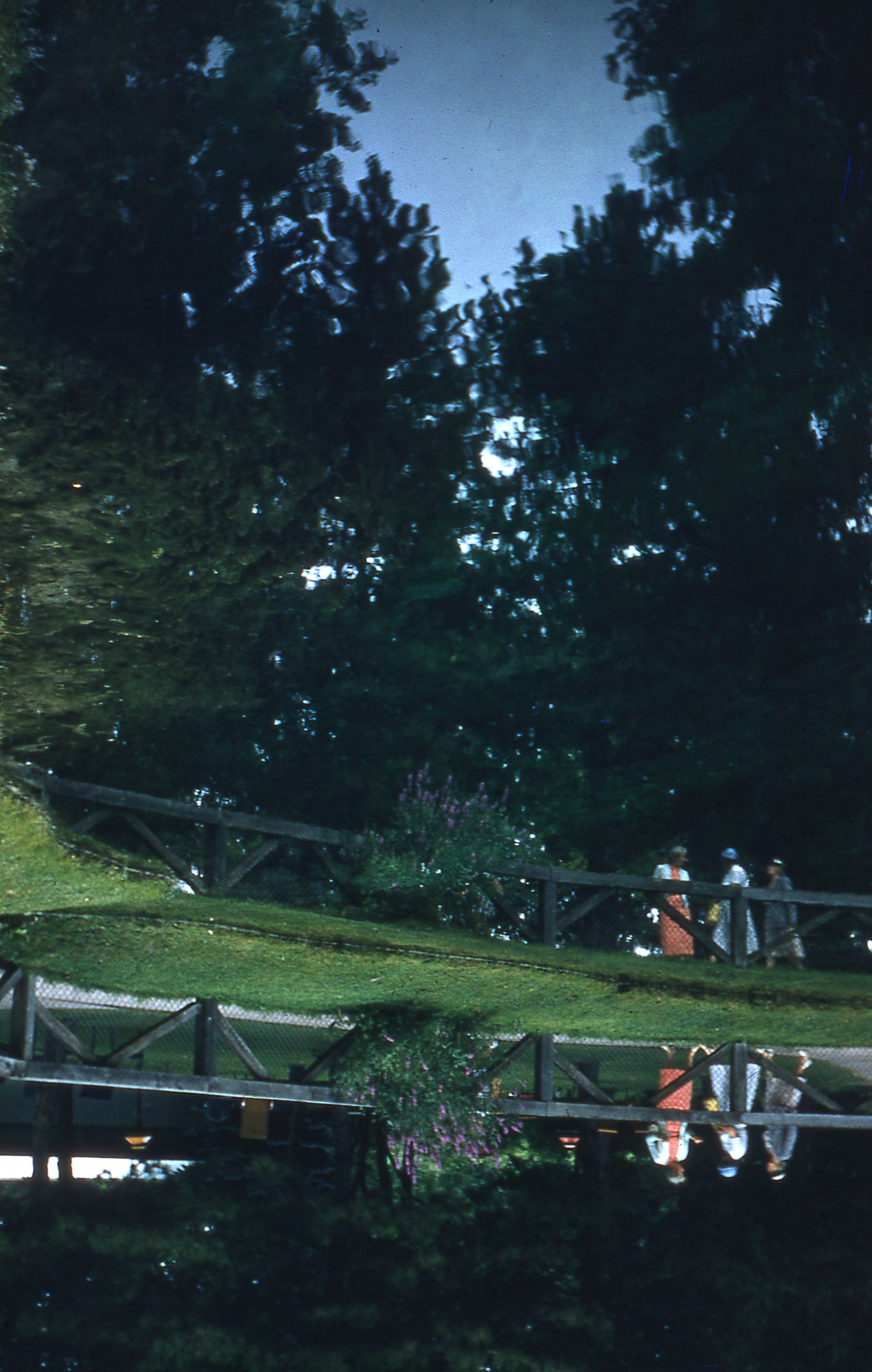
Coronavirus deaths have slowed to a crawl* in Sweden.
But the debate over Sweden’s approach to the COVID-19 pandemic, which relied on individual responsibility instead of government coercion to maintain social distancing, is far from over.
Last week, The New York Times labeled Sweden’s approach to the pandemic a “cautionary tale” for the rest of the world, claiming it “yielded a surge of deaths without sparing its economy from damage.”
To be accurate, Sweden has outperformed many nations around the world with its “lighter touch” approach and was one of the few nations in Europe to see its economy grow in the first quarter of 2020.
Meanwhile, Anders Tegnell, Sweden’s top infectious disease expert, continues to defend his nation’s approach to the pandemic.
“I’m looking forward to a more serious evaluation of our work than has been made so far,” Tegnell said in a recent podcast published by Swedish public radio before taking a scheduled vacation. “There is no way of knowing how this ends.”
Sweden’s Actual Pandemic Performance
Sweden has become a global lightning rod, but this has less to do with the results of its policies than the nature of its policies.
While Sweden’s death toll is indeed substantially higher than neighbors such as Finland, Norway, and Denmark, it’s also much lower than several other European neighbors such as Belgium, the United Kingdom, Italy, and Spain.
Indeed, a simple comparison between Belgium and Sweden—nations with rather similar populations—reveals that Belgium suffered far worse than Sweden from the coronavirus.
The reason Sweden is a “cautionary tale” and Belgium is not is because Belgium followed the script. Early in the pandemic, Belgian officials closed all non-essential business and enforced strict social distancing rules.
All non-emergency workers were told to stay home. Shopping was limited to a single family member. Individuals could leave for medical reasons or to walk a pet or get a brief bit of exercise—so long as social distancing was maintained.
These lockdown protocols, the BBC reported, were strictly enforced by Belgian police using “drones in parks and fines for anyone breaking social distancing rules.”
A More Suitable ‘Cautionary Tale’
Sweden clearly endured the pandemic better than Belgium, which had nearly twice as many COVID-19 deaths despite its economic lockdown.
Yet the Times chose Sweden as its “cautionary tale” because Sweden chose not to institute an economic lockdown. Sweden took such an approach for two reasons. First, as Tegnell has publicly stated, there is little to no scientific evidence that lockdowns work. Second, as evidence today shows, lockdowns come with widespread unintended consequences: mass unemployment, recession, social unrest, psychological deterioration, suicides, and drug overdoses.
Even if Sweden has seen its death toll rise more sharply than Scandinavian neighbors such as Finland and Norway, it’s strange that the Times would go thousands of miles across an ocean and continent to find a “cautionary tale.” A far better cautionary tale can be found right under the Grey Lady’s nose.
A simple comparison between New York and Sweden shows the Empire State has suffered far worse from COVID-19 than the Swedes. Yinon Weiss, an entrepreneur and founder of Rally Point, recently compared Sweden and New York using data from the COVID Tracking Project.
The first thing one notices about the comparison is that Sweden was able to “flatten the curve,” so to speak. Though the phrase is largely forgotten today, flattening the curve was originally the entire purpose of the lockdowns. To the extent that there was a scientific basis for lockdowns, it was in the idea that they were a temporary measure designed to help hospitals avoid being overwhelmed by sick patients.
Dr Robert Katz, founding director of the Yale‐Griffin Prevention Research Center, observed that by flattening the curve “you don't prevent deaths, you just change the dates.” But a temporary lockdown could at least prevent everyone from getting sick at once, which would be catastrophic.
If flattening the curve was the primary goal of policymakers, Sweden was largely a success. New York, on the other hand, was not, despite widespread closures and strict enforcement of social distancing policies.
The reason New York failed and Sweden succeeded probably has relatively little to do with the fact that bars and restaurants were open in Sweden. Or that New York’s schools were closed while Sweden’s were open. As Weiss explains, the difference probably isn’t related to lockdowns at all. It probably has much more to do with the fact that New York failed to protect the most at-risk populations: the elderly and infirm.
“Here’s the good news: You can shut down businesses or keep them open. Close schools or stay in session. Wear masks or not,” says Weiss, a graduate of Harvard Business School. “The virus will make its way through in either case, and if we protect the elderly then deaths will be spared.”
This is precisely the prescription Dr. John Ioannidis, a Stanford University epidemiologist and one of the most cited scientists in the world, has advocated since the beginning of the COVID-19 pandemic.
Like Tegnell, Ioannidis early on expressed doubts about the effectiveness of lockdowns and warned they could produce wide-ranging unintended outcomes.
“One of the bottom lines is that we don’t know how long social distancing measures and lockdowns can be maintained without major consequences to the economy, society, and mental health,” Ioannidis wrote in a STAT article in March. "Unpredictable evolutions may ensue, including financial crisis, unrest, civil strife, war, and a meltdown of the social fabric.”
Sadly, many of the adverse consequences Ioannidis predicted have since come to pass, as he has acknowledged.
Is Sweden Truly a ‘Cautionary Tale’?
Tegnell and Swedish leaders have mostly stood by their lighter touch approach, although there is a recognition that they, too, could have more effectively protected at-risk populations.
“We must admit that the part that deals with elderly care, in terms of the spread of infection, has not worked. It is obvious. We have too many elderly people who have passed away,” Sweden’s Prime Minister Stefan Löfven said in June.
Yet it’s a mistake to label Sweden’s approach a failure. As noted above, Sweden is being criticized less because of the results of their public health policies and more because of the nature of them.
By embracing a much more market-based approach to the pandemic in lieu of a centrally planned one, Sweden is undermining the narrative that millions and millions of people would have died without lockdowns, as modelers predicted.
Without Sweden and a few similar outliers, it would be far easier for central planners to say, Sure, lockdowns were harsh and destructive. But we had no choice.
In the wake of the most destructive pandemic in a century, there will be considerable discussion as to whether the lockdowns, which stand to trigger a global depression in addition to other psychological and social costs, were truly necessary.
In a sense, the disagreement over the pandemic largely resembles a much larger friction in society: should individuals be left free to pursue their own interests and weigh risks themselves or should they be guided, coerced, and protected by planners who want to do all this for them.
As Ludwig Von Mises noted long ago, modern social conflict is largely a struggle over who gets to design the world, individuals or authorities. Mises saw few things more dangerous than central planners seeking to supplant the plans of individuals with plans of their own, which they see as a preeminent good.
It was partly for this reason Mises saw market economies as superior to command economies.
“Whatever people do in the market economy, is the execution of their own plans. In this sense every human action means planning,” Mises wrote in Socialism: An Economic and Sociological Analysis. “What those calling themselves planners advocate is not the substitution of planned action for letting things go. It is the substitution of the planner’s own plan for the plans of his fellow-men. The planner is a potential dictator who wants to deprive all other people of the power to plan and act according to their own plans. He aims at one thing only: the exclusive absolute pre-eminence of his own plan.”
When Mises speaks of the “pre-eminence of his own plan,” it’s hard not to think of New York Gov. Andrew Cuomo, who in March sounded downright indignant when a reporter asked about nursing homes objecting to his plan of prohibiting them from screening for COVID-19.
“They don’t have the right to object,” Cuomo answered. “That is the rule, and that is the regulation, and they have to comply with it.”
Cuomo clearly saw his central plan as superior to that of individuals acting within the marketplace.
The policy of forcing nursing homes to take COVID carrying patients, which was adopted by numerous US states with high virus death tolls, is a stark contrast to Sweden’s market-based approach that trusted individuals to plan for themselves.
“Our measures are all based on individuals taking responsibility, and that is … an important part of the Swedish model,” Hakan Samuelsson, the CEO of Volvo Cars, observed in April.
Sweden’s approach of encouraging social distancing by giving responsibility to individuals may very well explain why the Swedes fared so much better than New York, where authorities disempowered individual actors and prevented nursing homes from taking sensible precautions.
It’s almost absurd to look at New York’s pandemic plan and declare it superior to Sweden’s, yet many in the intellectual class will continue to hammer away at Sweden while ignoring the catastrophic numbers in New York, New Jersey, Massachusetts, and other states.
This likely would have been no surprise to Mises. As he pointed out, the central planner is primarily concerned with a single factor: the pre-eminence of his own plan.
Once this truth is understood, one can finally understand the drumbeat of criticism against Sweden.
*This article was updated to remove language specific to daily COVID death total in Sweden, since figures change daily.
Jonathan Miltimore is the Managing Editor of FEE.org. His writing/reporting has been the subject of articles in TIME magazine, The Wall Street Journal, CNN, Forbes, Fox News, and the Star Tribune.
Bylines: The Washington Times, MSN.com, The Washington Examiner, The Daily Caller, The Federalist, the Epoch Times.
This article was originally published on FEE.org. Read the original article.











































